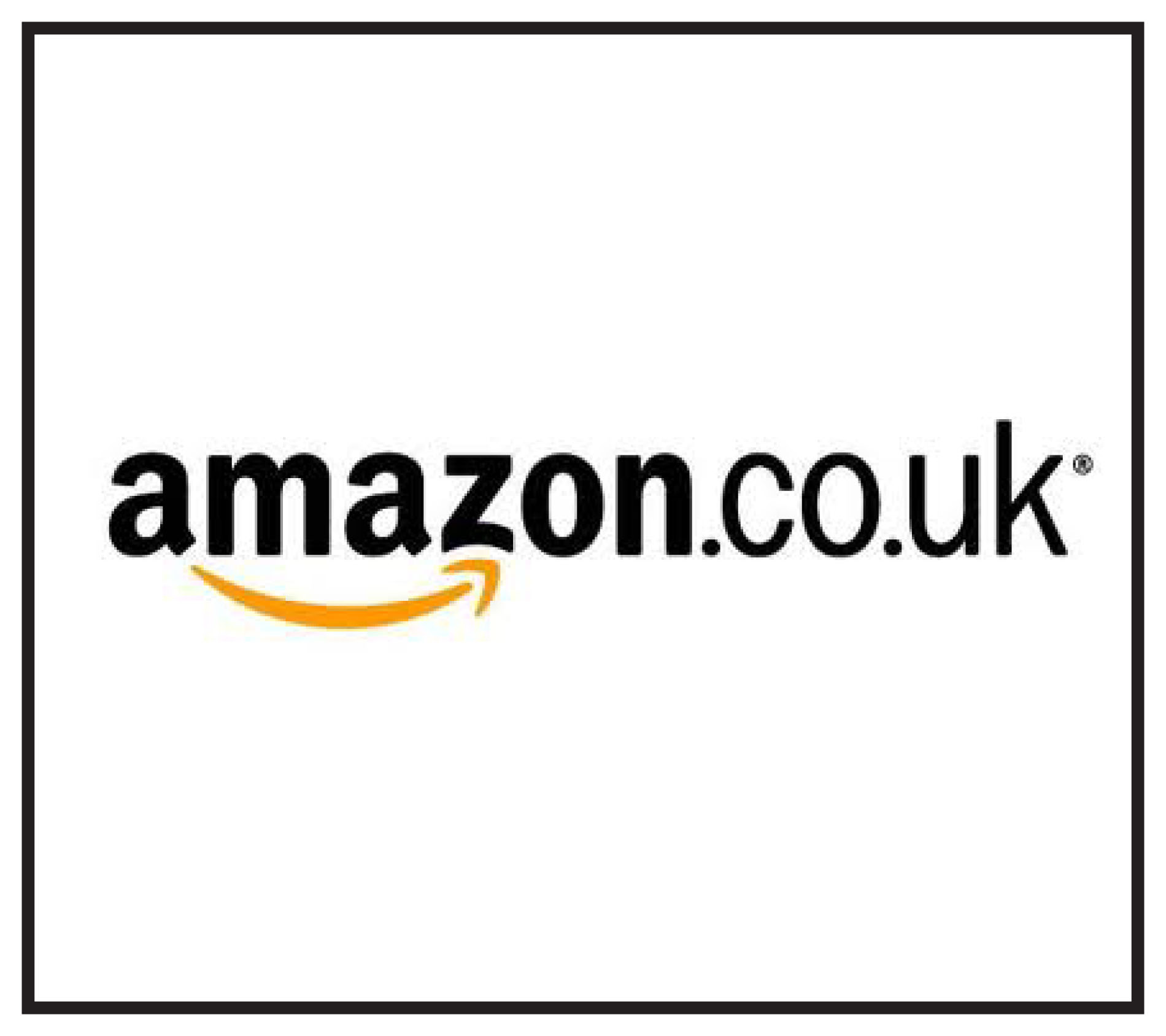Several months ago representatives from amazon.co.uk reached out to me and asked me if I’d like to sell on amazon.co.uk. They were willing to convert all my existing amazon.com data for free so I couldn’t refuse the offer. We’ve been up and running for some time now and it’s thrilling to see its growth rate. I’ve compiled a list of the things I discovered while getting established that may be useful to you if you’re considering trying it out.
1. Amazon.co.uk requires a UK return address. Initially I thought this was a deal breaker, but then I found https://www.forward2me.com/ which is a cheap workaround for that. I actually haven’t even used it yet though because I haven’t had a single return. Maybe amazon.co.uk consumers aren’t generally aware that they can return the product within the UK?
2. If you do a lot of volume, you’ll need to apply for an EORI. This stands for “Economic Operator Registration and Identification”. You’ll use this number for shipments that you send to FBA UK that have a customs value of over 600 pounds. The application can be completed here. Being used to United States bureaucracy, I was stunned by how simple this process was and how polite and helpful the agents were.
3. The payments section will work with your US bank account and convert into US dollars. If you have messed with Amazon.ca and their Canadian bank account requirement like I have, you may be weary of amazon.co.uk. Their system is far superior though and will deposit directly into your US checking account, so no worries there.
4. You can request from FBA that they narrow down the warehouse locations to which you ship. When I sent my first shipment over they had me shipping products to 5 or 6 different locations within the UK, which quickly amounted to hundreds in extra shipping expenses. I contacted FBA through seller support though and they narrowed it down to 3 warehouses. So this way you can at least consolidate your shipments a little more.
5. You can request a list of suggested products from FBA UK. They will share their data with you which is pure gold. This takes all the guesswork out and eliminates tons of risks associated with sending inventory across the ocean.
6. Make sure your products are allowed to be sold in the UK. This doesn’t just mean make sure it’s a legal product, but also consider licensing rights. In my case one of our suppliers didn’t own the licensing rights to their Star Wars product outside of the US, so we had to discontinue selling it abroad.
7. Don’t be afraid to overprice international shipping charges initially. I started charging around $56(!) per item and we still had great sales. In some cases people would by small $15 products and still pay the shipping.
8. Open up shipping to everywhere in the world, not just the UK. The first two weeks we were only set up to sell within the UK. When I opened it up to the rest of the world sales went through the roof all over the EU. It seems to me that most Europeans do their online shopping on amazon.co.uk as opposed to their own local amazon. So the reality here is that selling on Amazon.co.uk is really selling to all of Europe. Once you’re within the EU everyone is your customer.
That’s all I have for now. If any of you have been experimenting with amazon.co.uk yourselves I’d love to read your tips in the comments!
***UPDATE: Due to the high amount of traffic this post receives, I added more info on how VAT works here.




